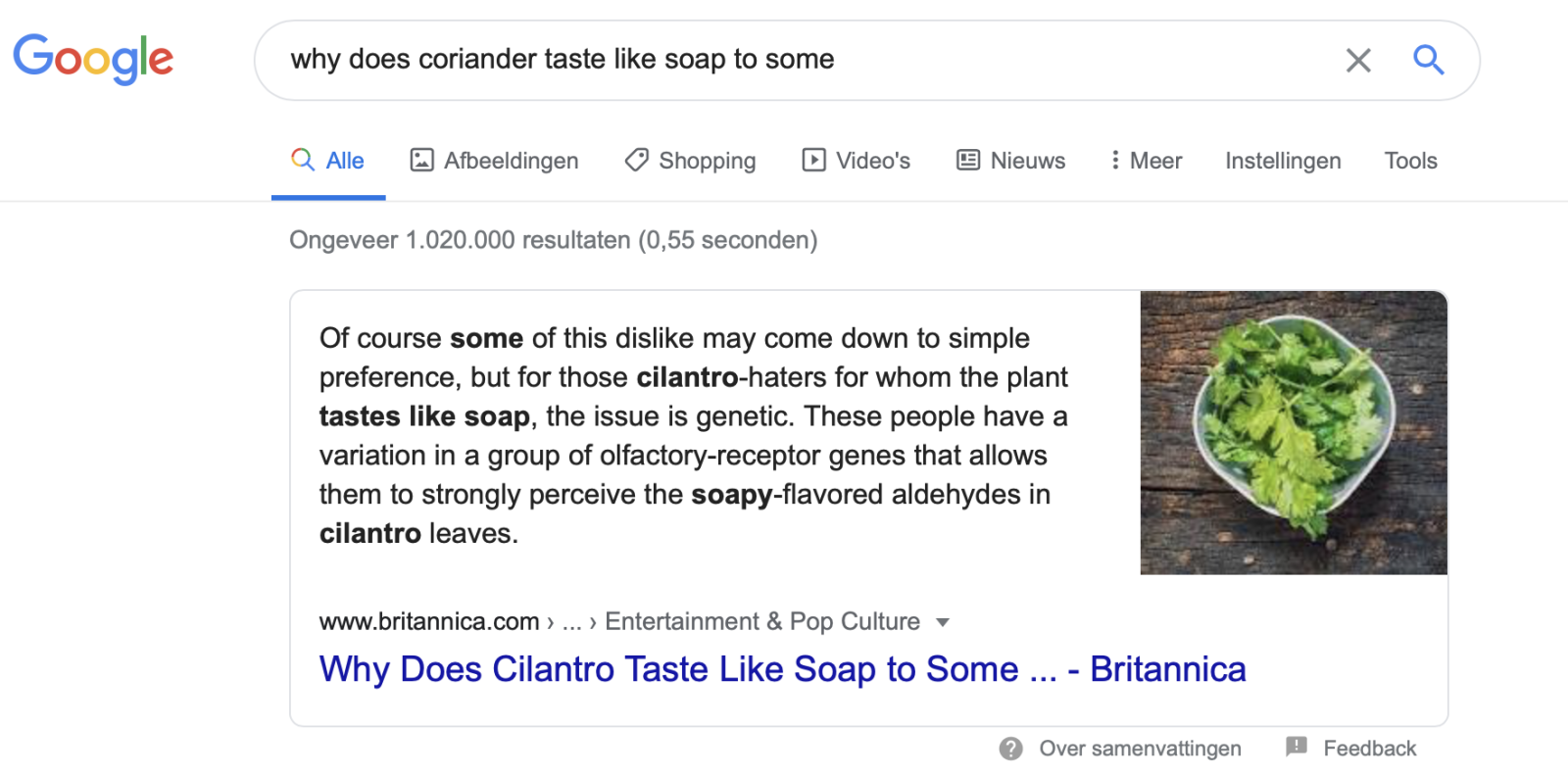By Maaike Geys, 29 July 2020
Voice SEO: how to adapt your website so your business thrives?
Hey Siri… what is voice SEO? (here’s hoping that this article is shown first). You thought you finally managed to understand all technical aspects of SEO? You re-wrote all of your content and proudly work on your link building strategy? That’s great. But is it enough? (To be honest: it probably is. But how amazing would it be if you could future-proof your platform today?).
In today’s article we are touching upon voice SEO. We mainly share tips on how to optimize your website for voice SEO, so your business thrives.
Let’s recap first: what is voice SEO?
What is voice SEO?
I am sure that even the most of skeptical have used Siri, Alexa, Google Home or a digital car assistant at some point. Common examples of voice searches include: “Siri, will it rain today?”, “Alexa, find me a nice Italian restaurant in Brussels”, or the all-time classic: “Siri, do you love me?”.
Because search queries happen more and more via voice-driven assistants, it’s important to take a look at your website and content. Is it optimized for voice? While there are different opinions out there (some say that 50% of all searches in 2020 will be voice-driven, while others claim that voice search is still at an early stage), it is a good idea to update your content and platform today, so you are ready for tomorrow. It’s every business’ dream to anticipate rather than to react, right?!
How to turn voice SEO into a success for your business? Let’s discuss…
Impact on long tail keywords
One of the most important aspects of voice SEO optimization is content. Content is king and always will be. When optimizing for voice-driven searches, long tail key words will naturally evolve into the spoken word. Think about it: do you speak in keywords?
You’ll likely be searching for <<beige Smeg fridge>> on your desktop, but when you’re shopping for a fridge and you’re on the go, you might ask Siri << Where can I buy a beige Smeg fridge >>. This leads to the natural conclusion that your content should be written in a fluent way. This is not only true for voice SEO optimization but goes for all: no one likes to land on a page where keywords are stringed together.
Shift from keyword research to search intention
Another important aspect to take on board is the shift from keyword research to search intention. When creating content for your business site, you are most likely starting with keyword research. But as we learned just now, voice-driven searches are not made up out of keywords, but out of natural sentences. This has an impact on your content: should you still aim to match for keywords?
When writing for voice SEO, you should think about search intention. Why is someone looking for something? This ties in nicely with why we love to create buyer personas so much: every persona has their “why”, “when”, “where” and “how”. Once you’ve nailed this down, you can adapt your content accordingly:
-
Define your target audience
-
Define your buyer persona’s
-
Define the customer journey for each buyer persona
-
Create content for each buyer persona, that is tailored to each step in their customer journey. Emphasize on the “why”.
Example: Carla is 35 years old and loves Italian design. She is looking for a new fridge. When shopping for more expensive items, Carla starts researching online, but prefers to buy in store. She wants to buy a fridge from the brand Smeg, because it combines her love for all things Italian and design. It’s important to know that Carla only wants to buy from Smeg at this time; showing her other brands will be useless. Her search intention is to gather information about Smeg fridges, prices, where to buy.
Featured snippets
Voice activated helpers love reading featured snippets: the short snippets of text that appear at the top of Google’s search results. They aim to answer your question right away.

They impact your SEO in two ways: they give you the opportunity get more clicks from organic search: they get about 8% of all clicks! But… they also increase the “no-click searches”: when someone makes a research but does not click on any of the results, because they already found their answer in your snippet.
About 7% of all voice results read the snippets out loud. So, by definition, this drives traffic. More on how to appear in snippets here.
Page speed
Your page speed is extremely important for voice SEO. The average Time to First Byte (TTFB) of a voice search result is .54 seconds vs. the worldwide average of 2.1 seconds. You should be good if your page’s loading time is between 1 to 3 seconds. Slower loading time becomes problematic. Are you unsure on how to optimize your website speed? Don’t worry – we know what to do. Contact us for more information.
Conclusion: highly searched content often appears in voice searches
The Siri’s and Alexa’s of the world simply prefer content that is easy to read and popular (i.e. highly searched for). Write content that is valuable and highly sharable, making sure the used language is easy enough to read. Make your words count: the more text you write, the more likely Google will find a ‘query’ match between your content and the search. Focus on your site speed and make your content appear in featured snippets: you are now well on your way to master the art of voice SEO.
Follow us on LinkedIn to stay up-to-date with our latest news and blog posts.